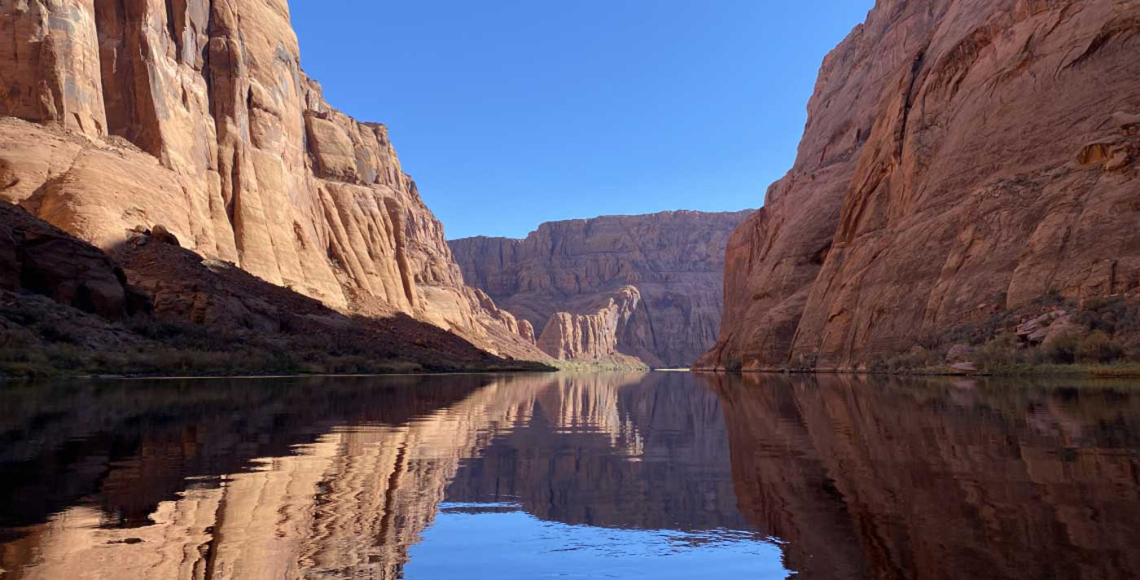Multiple Plans Proposed for Post-2026 Colorado River Operations

Marble Canyon
Camilo Salcedo
As the Bureau of Reclamation looks to prepare new rules for the Colorado River, states across the West and other interested stakeholders have proposed plans for the river’s future. These alternative plans aim to shape the operation of the Colorado River after many of the current rules expire in 2026.
In April, a coalition of conservation groups including Audubon, Environmental Defense Fund, The Nature Conservancy, and others submitted a plan for managing the Colorado River. Known as the Cooperative Conservation Alternative, the proposal seeks to broaden management efforts on the Colorado River to be more inclusive of various interests, Tribes, and the environment. Its top priorities include stabilizing water storage and avoiding crisis-to-crisis management, making mitigation and environmental stewardship part of future operations, and creating a Conservation Reserve, which would replace an existing conservation program known as Intentionally Created Surplus.
A month earlier, Arizona, California, and Nevada collectively submitted the Lower Basin Alternative to Reclamation. Under this plan, users at and downstream of Lake Mead would reduce their use of Colorado River water by 1.5 million acre-feet each year “under most system conditions” to address the structural deficit that has caused Lake Mead to decline annually, even with normal releases from Lake Powell. If further water cuts become necessary, additional reductions of up to 3.9 million acre-feet would be shared between Upper and Lower Basin states and Mexico. The Lower Basin Alternative would also link Colorado River use to storage volumes contained within seven Upper and Lower Basin reservoirs, unlike current guidelines which are based on Lake Mead and Lake Powell elevations.
Additionally, the Upper Basin States of Colorado, New Mexico, Utah, and Wyoming submitted the Upper Division States’ Alternative (UDS Alternative). This plan proposes that operations at Lake Powell and Lake Mead be based on actual annual water supply conditions in October, rather than the forecasting method that is currently being used. The plan also emphasizes rebuilding reservoir storage and defines water use reductions to be taken by the Lower Basin based on the combined storage volumes of Lake Powell and Lake Mead. The Upper Basin would not take mandatory cuts; however, the UDS Alternative identifies additional activities outside the scope of the post-2026 operations process that could be pursued upon adoption of the UDS Alternative. These so-called “parallel activities” include flexible operations at Lake Powell, supplemental releases from upstream reservoirs (Flaming Gorge, Navajo, and those in the Aspinall Unit) if needed, and voluntary water conservation programs.
Reclamation will evaluate the submitted proposals to find reasonable alternatives for analysis in a draft environmental impact statement, expected to be finalized later this year.

